“Save yourself; others you cannot save.”
—Adrienne Rich,
“Snapshots of a Daughter-in-Law”
The Madison community recently suffered multiple suicides. When people we love deliberately end their lives, we easily blame ourselves, asking questions like, “Why didn’t I see that behavior as a red flag?” or “Why didn’t I do more?” According to Kübler-Ross’s grief model, such inquiries represent a kind of bargaining with the reality of our loss. We want to make sense of this tragedy and our potential contributions to it.
This negotiating is part and parcel of our lived experience and can be accepted as such. If we become stuck in cycles of blaming and shaming, however, we miss an opportunity to live a life rooted in an understanding that we belong to each other—that we are all interconnected. To borrow from Stay author Jennifer Hecht, “…our social sciences demonstrate that suicide causes more suicide, both among those who knew the person and among the strangers who somehow identified with the victim. If suicide has a pernicious influence on others, then staying alive has the opposite influence: it helps keep people alive. By staying alive, we are contributing something precious to the world.”
Our bargaining may also involve a search for explanations. What prevents the embrace of life’s preciousness? Conflicting theories about suicidality abound. Adherents to a biomedical model, for example, understand depression and other mental-health issues as physiological diseases. Treatment of such illnesses may involve psychotropic medications as well as a focus on ameliorating the illnesses’ symptoms, such as recurrent feelings of sadness and worthlessness in the case of depression.
Insight meditation practitioners, on the other hand, emphasize suffering as an effect of our relationship to life’s struggles, including trauma. As one saying goes, “Pain is inevitable; suffering is optional.” Healing emotional, cognitive, physiological, sociocultural, and spiritual wounds thus becomes the focus of releasing one’s suffering. Some integrate scientific and contemplative traditions in their explanations of suicide, particularly as neuroscientific research advances. For instance, in Hardwiring Happiness, neuropsychologist Rick Hanson argues, “Just a handful of painful experiences of futility can rapidly become a sense of helplessness—a major factor in depression—and a person usually needs many times as many counter-experiences of effectiveness in order to regain a sense of confidence and capability.”
Rather than engaging in a discussion about which approach best prevents suicide, I want to emphasize that you, the one reading this essay, remain among the living. Because our lives are intertwined, you are part of me, and I am part of you. Therefore, we are not alone.
If we rest in a sense of belonging and connection for even a few moments, we can interrupt “Why” questions about suicide (since they rarely produce satisfactory answers) and return to the life that remains, within us. Coming back to the present moment, we can engage in a different, more generative kind of inquiry: “What would I have to face if I stopped bargaining with my loss?”
I respond to that question as follows: “Oh, is there pain! It lies in my chest, my belly, my throat.” I do not bury the pain alive, pretend it does not exist, or grab onto it for dear life. Instead, I open myself to it, with curiosity rather than judgment, and pray, “May I feel peace again soon. May I remember the love that is here and all around me. May I take myself into my own heart and mind and love this life no matter what.” I also seek out others—family, friends, counselors, spiritual guides—who care for and love me, remembering that all of us need to feel cared for and loved.
Ultimately, we must find our own pathways to a radical acceptance of this life and ourselves. We cannot force self-love to manifest, and we cannot force others to cultivate it. Our grieved one took our breath away with that searing truth. We can look to others’ stories for guidance. I find Marsha Linehan’s biography, as published in the New York Times, particularly powerful.
A survivor of multiple suicide attempts, 20-year-old Linehan had the following experience while praying in a chapel: “The whole place became gold—and suddenly I felt something coming toward me…It was this shimmering experience, and I just ran back to my room and said, ‘I love myself.’” She continued to struggle as life threw various challenges her way, but she did not harm herself again. After years of studying psychology, she created dialectical behavior therapy, a therapy for severely suicidal people. She concluded that two seemingly opposite principles were the basis of successful treatment for others and herself: “Acceptance of life as it is, not as it is supposed to be; and the need to change, despite that reality and because of it.”
We also can turn to our poets to strengthen our resolve to stay alive. From “Birthright” by Danna Fauld: “Despite illness of body or mind, in spite of blinding despair or habitual belief, who you are is whole…Despite doubt or hopeless turns of mind, you are not broken.”
Connie North is a psychotherapist in Madison with an MS in marriage and family therapy and PhD in education. She uses a mindfulness-based, justice-oriented approach and has taught and written about LGBTQI, equity, and diversity issues. More information about her is located at connienorth.com.

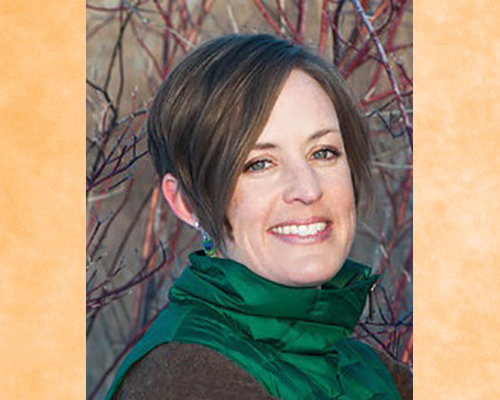


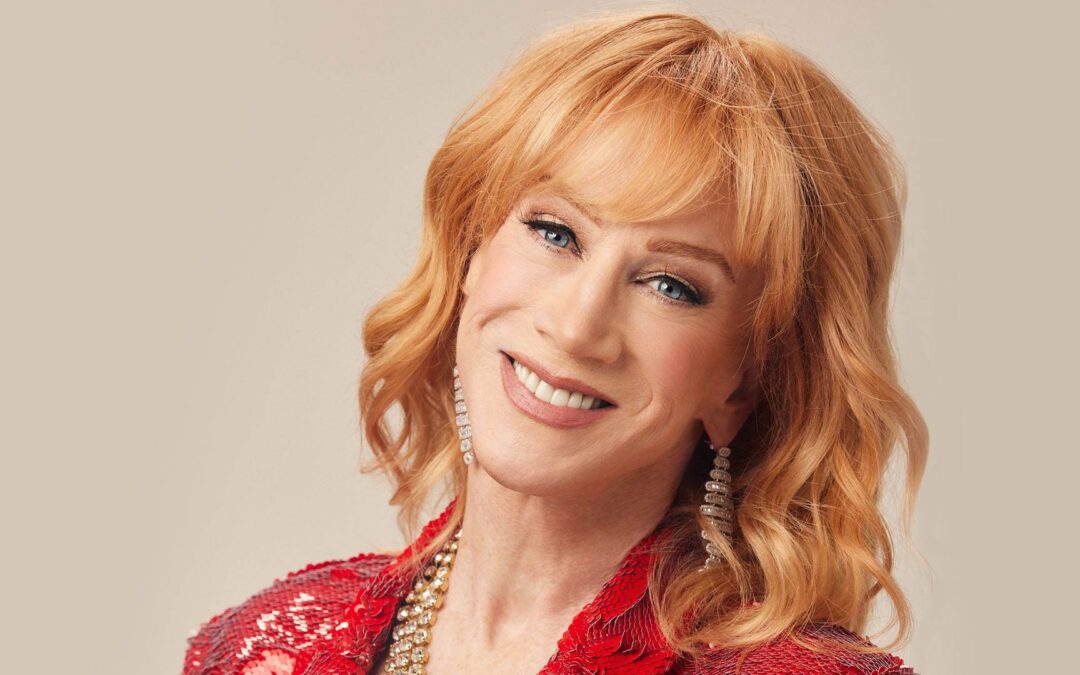
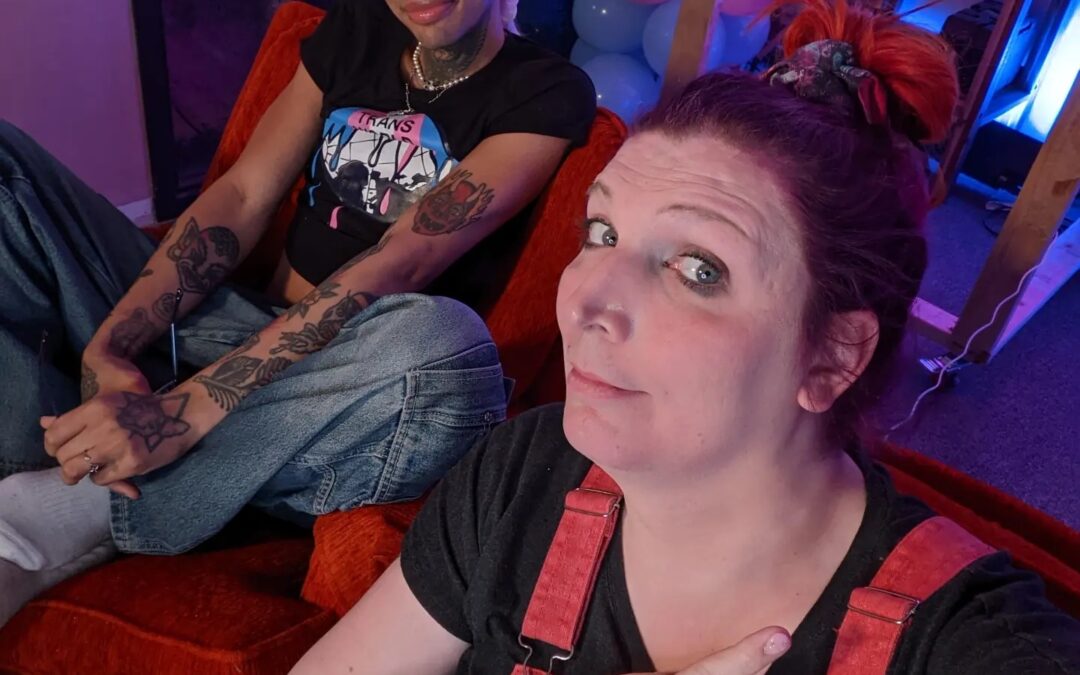

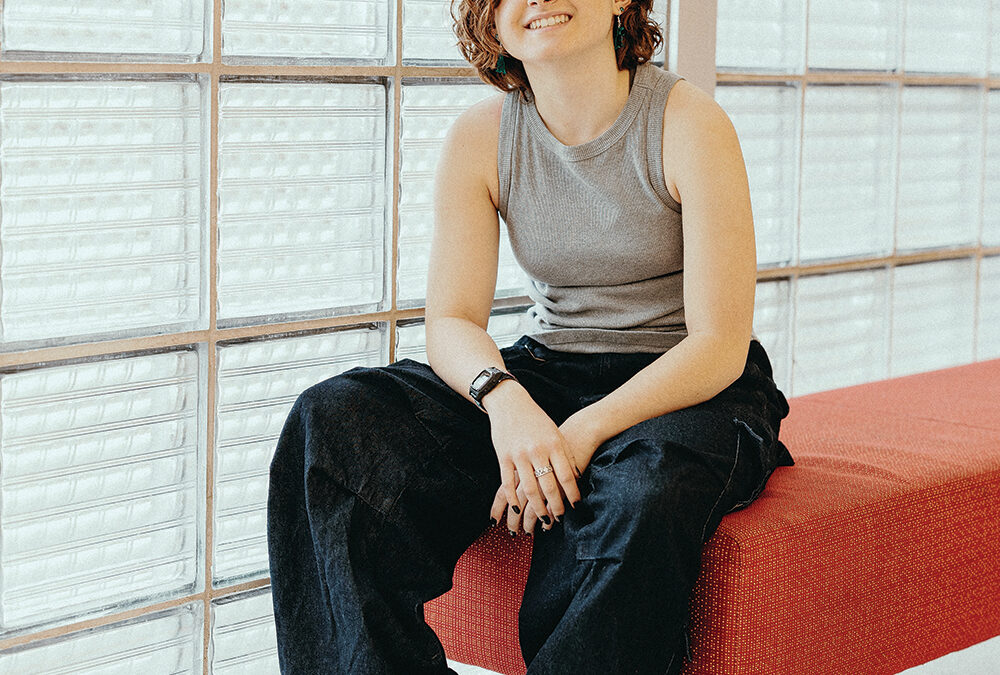
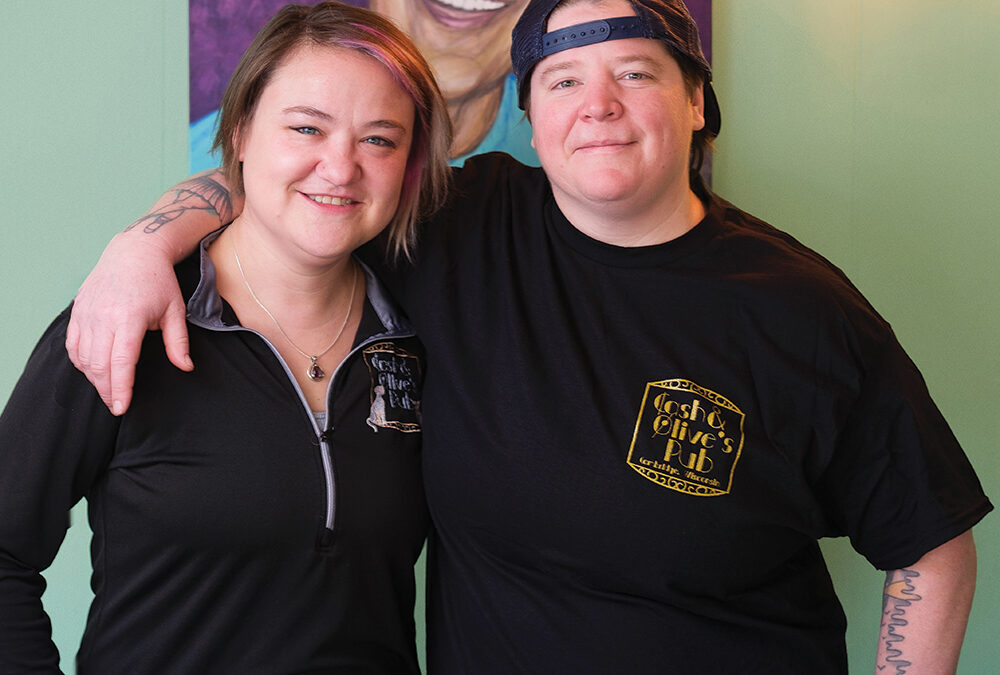
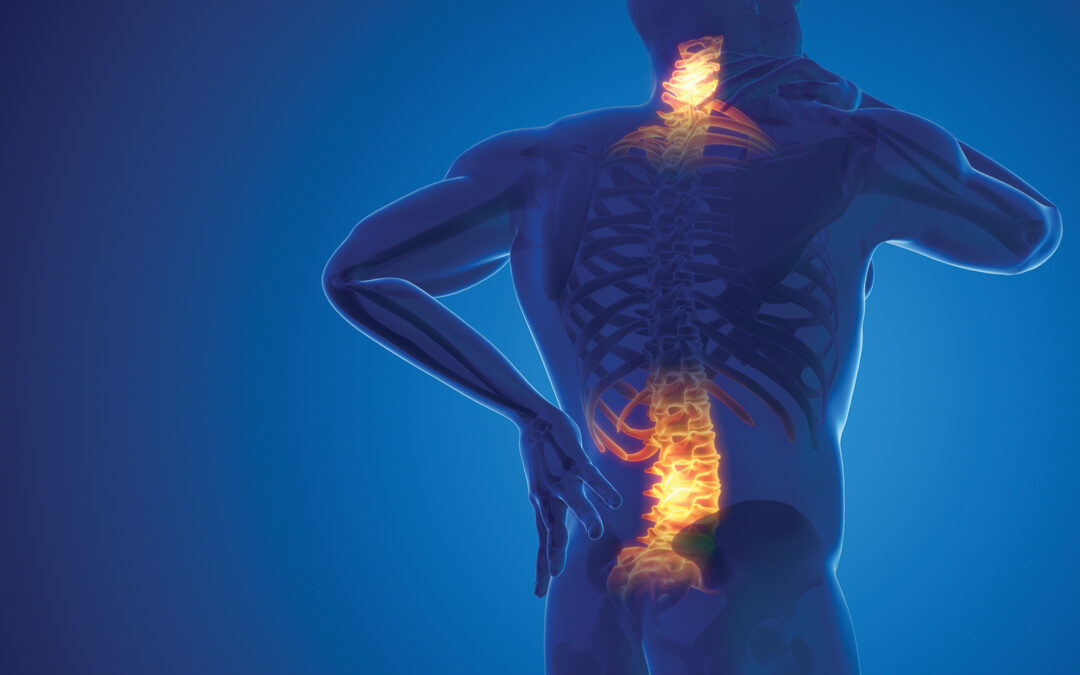
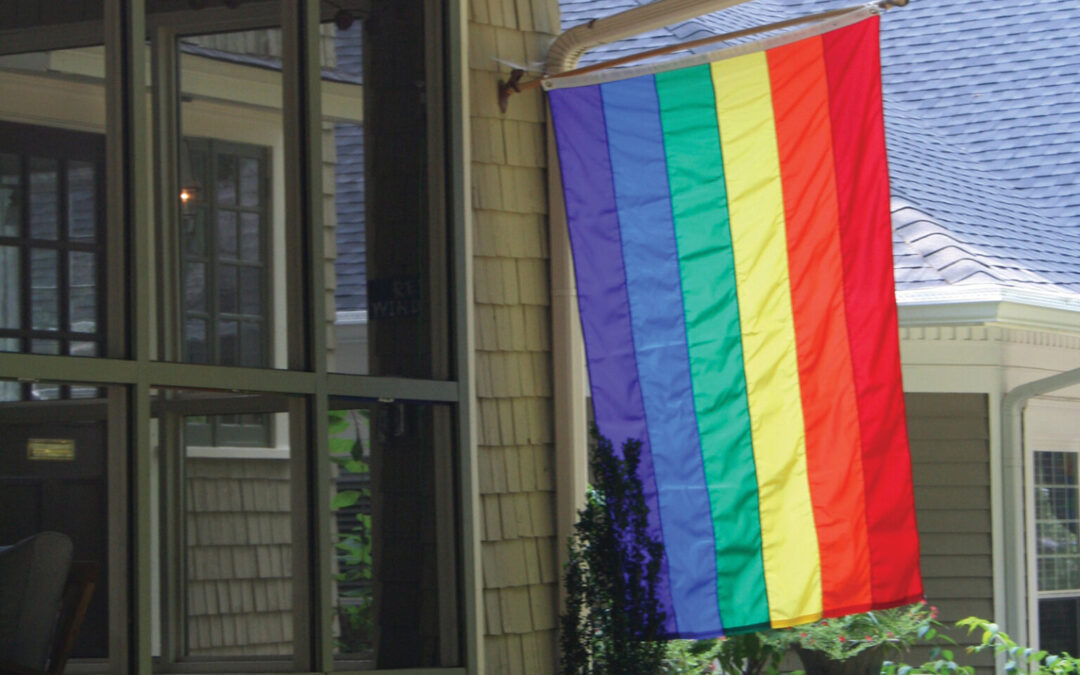
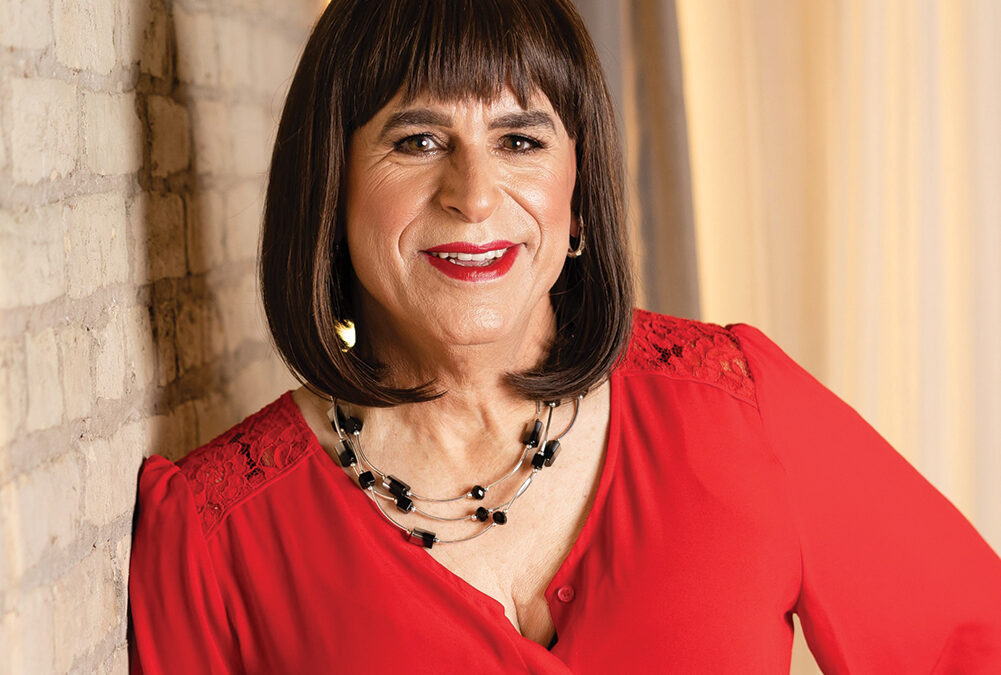
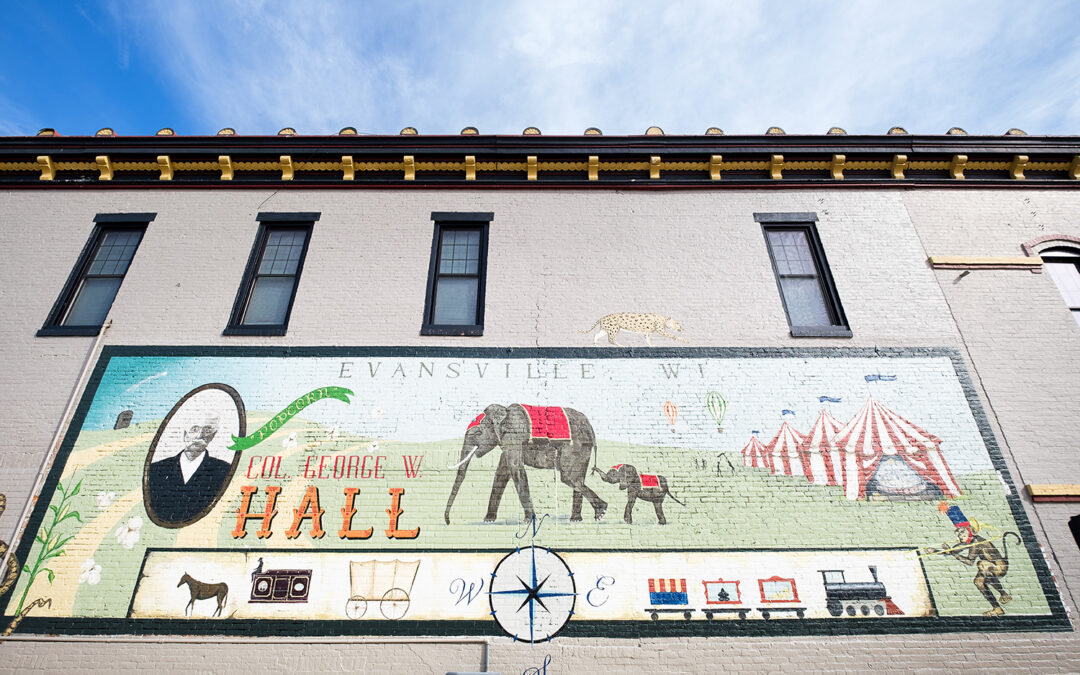
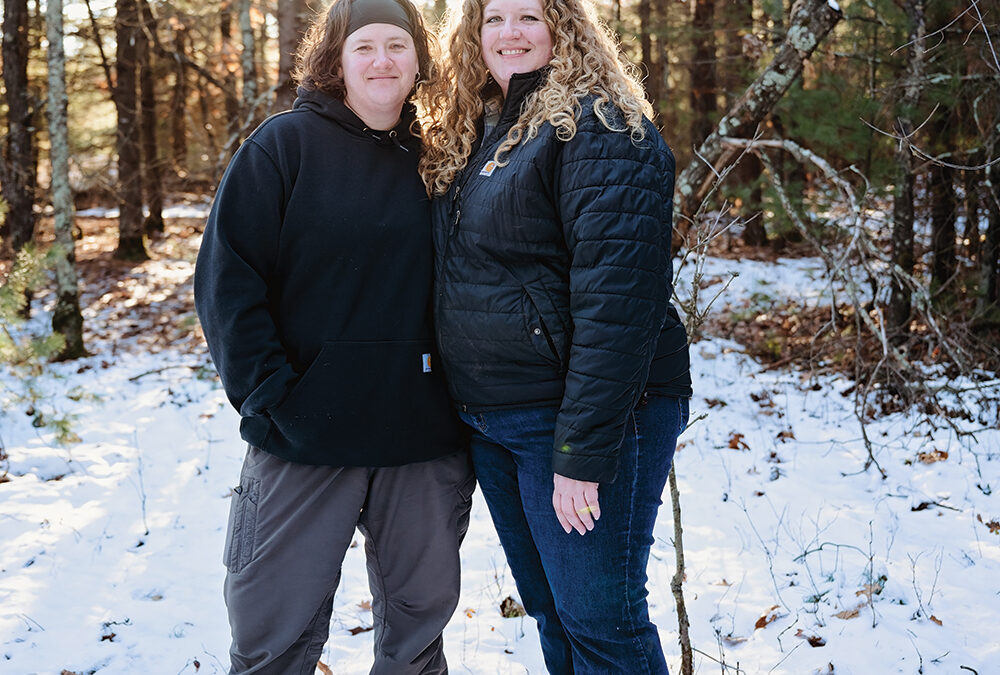







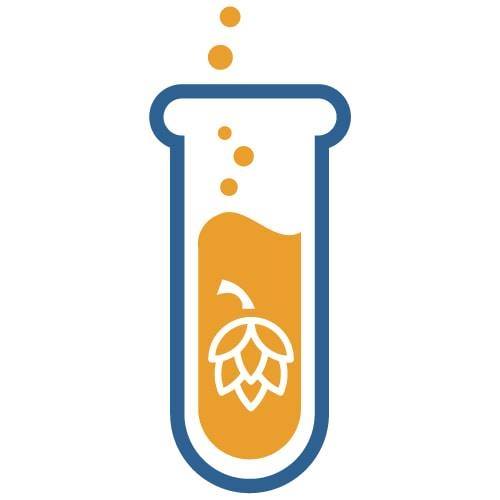


0 Comments